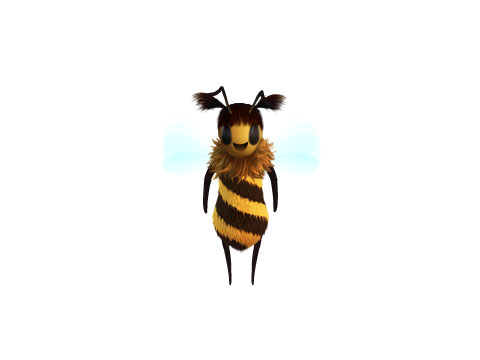Friday, July 27, 2007
Afinata and Zahar, again
I received an anonymous comment on a post from way back when about my trip to Romania. At the end of this post, I included a recipe for afinata, a very strong fruit liquor that has a taste of blueberries and plumbs. The recipe is in Romanian, and calls for a fruit called zahar. I've never managed to find out what a zahar is. It's been over a year since I searched around, so I did.
According to Romer!can, there is a plum-like fruit that grows in the trees in Bucharest and other cities like Braşov (where I've never been). According to the comment box on that post, the fruit is known by several names--zarzane, zarzăre, corcoduşe, zarzărele (which are maybe more like apricots), and zahar--depending on the region, and can be several colors--green, deep red, peach, apricot.
These fruits are used in a variety of home brews that sound similar to the afinata I drank, although they're variously referred to as tuica (good warm with a bit of nutmeg) or palinca. The fruits are also used in various soups, or ciorba.
According to Romer!can, there is a plum-like fruit that grows in the trees in Bucharest and other cities like Braşov (where I've never been). According to the comment box on that post, the fruit is known by several names--zarzane, zarzăre, corcoduşe, zarzărele (which are maybe more like apricots), and zahar--depending on the region, and can be several colors--green, deep red, peach, apricot.
These fruits are used in a variety of home brews that sound similar to the afinata I drank, although they're variously referred to as tuica (good warm with a bit of nutmeg) or palinca. The fruits are also used in various soups, or ciorba.
Subscribe to:
Post Comments (Atom)








3 comments:
In Romanian, the word "zahar" literally means "sugar". To make afinata, you need blueberries and suger.
Thanks anon!
I just got to read the post now.So zahar is sugar.Zarzare are a kind of apricots, smaller and not very sweet.Corcoduse are some kind of fruits like sweet plums...smaller also than plums and native to Romania and eastern Europe.
Post a Comment